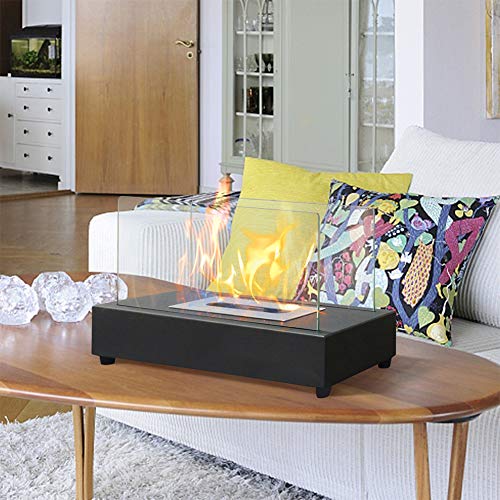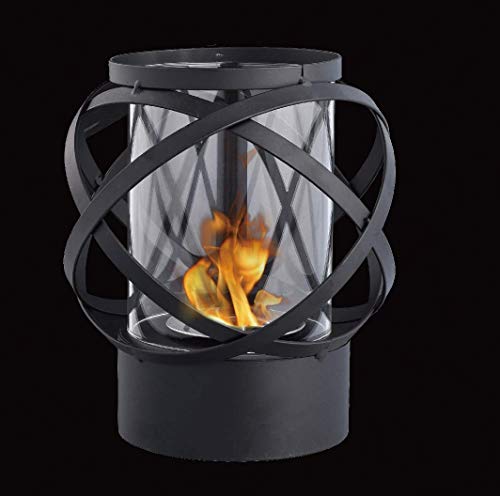Get Rid Of Bio Fire: 10 Reasons Why You Don't Have It
페이지 정보
작성자 Colby Sizemore 댓글 0건 조회 28회 작성일 24-08-24 17:56본문
 The BIOFIRE System and Your Immune System
The BIOFIRE System and Your Immune System The BIOFIRE System provides syndromic infectious disease testing, which allows healthcare providers to choose the right test the first time. Patients benefit from quicker diagnosis and more targeted treatment. Clinicians benefit from better antibiotic stewardship. Labs are more efficient and can make cost savings.
The BIOFIRE System provides syndromic infectious disease testing, which allows healthcare providers to choose the right test the first time. Patients benefit from quicker diagnosis and more targeted treatment. Clinicians benefit from better antibiotic stewardship. Labs are more efficient and can make cost savings.The BioFire FilmArray Pneumonia plus panel (PN panel) tests native sputum, endotracheal aspirate, and bronchoalveolar lavage specimens (including mini-BAL) for 33 clinically relevant pathogens and antimicrobial resistance genes with semiquantitative results that take less than an hour.
Respiratory
The burning of biomass, like plants, wood and other organic materials, creates gaseous pollution and fine particles that adversely affect the respiratory system. Climate change can exacerbate the negative effects of forest fires to the health of humans.
In the United States wildfire smoke is associated with hospitalizations for respiratory illnesses like asthma, COPD, and lung cancer. This kind of pollution to the air also increases the risk of cardiovascular disease, and is a major cause of the burden of disease among the most vulnerable populations.
During the COVID-19 pandemic, many communities were exposed levels of air pollution resulting from wildfires. However, the public health response to this environmental problem is sporadic and mainly focused on educating people about the management of symptoms. This knowledge gap is alarming, due to the fact that smoking cigarettes and other sources of poor quality air can cause health problems.
Researchers are now evaluating the best methods to safeguard the public's health in future events of this kind. NIH invests in research on this crucial public health issue through the BLUE CORAL and FIRE CORAL studies.
First time an prospective study will assess the long-term effects of exposure to smoke from wildfires or other sources. FIRE CORAL is looking for adult participants who have been hospitalized for the index episode of COVID-19 who speak English or Spanish and are not pregnant. The protocol for FIRE CORAL includes a set of tests in-person that objectively measure pulmonary function testing and lung imaging as well as functional assessment.
Smoke and other particles can trigger or worsen chronic respiratory conditions such as emphysema, COPD and pneumonia. Smoke exposure can have adverse effects on health. To reduce or prevent these effects, avoid outdoor activities and bio ethanol fire ethanol bioethanol fireplace suite (learn here) wear the EPA "N95" mask. This mask is designed to catch small particles.
Smoke can also cause irritation to the throat and eyes, and lead to the nose to run. To lessen the effects, the lungs should be flushed with plenty of water and taking medicines that decrease inflammation, like corticosteroids.
Bloodstream
Your bloodstream is on the front lines of fighting off germs that enter your body. Dendritic cells are specialized cells that are akin to your fire department's call center; they collect the antigens (molecules that trigger an immune response) from invaders and release proteins that signal other white blood cells to come fight them. Circulating white blood cell counts, differentials and band cells were boosted following firefighters' fire-fighting shifts, as compared to levels following physical exertion with no firefighting.
Skin
Dermatologists were concerned that the smoke and ash of the California wildfires could have negative effects on the skin of those exposed to them. Maria Wei is a graduate student from University of California, Irvine. She studies how extreme wildfire pollution affects the skin. Her research was published in Scientific Reports on April 22nd.
The research of Wei shows that the temperature of a person's skin changes depending on the length of time that the body is exposed to flames. It can take as long as two hours for the skin of an individual to reach its "flash point"--the point where it starts to burn and turn to ash. That's why it's important to stay away from a fire or campfire, and why you should wear protective clothing when you go outside during a forest fire, or even on a hot day.
While it is important to be vigilant against fire-related pollution, there's no way to stop forest fires from happening. Wei is predicting that the number of people suffering from the effects of wildfires will rise as climate change causes more forests to burn. This means that more people will have to wear hats and long sleeves as well as thick moisturizers.
The air pollution from wildfires can increase the severity of atopic skin dermatitis which is a condition that causes itchy skin in many people. It is believed that this is because the particles in smoke can block pores, which makes the condition worse.
Another issue is that atopic dermatitis can make people more sensitive to UV light, which may be aggravated by smoke from wildfires. This could lead to people seeking out tanning salons to get tanned with less protection.
A fire and ice treatment may help reduce atopic skin conditions, but it is not advised for anyone who has an open wound or rash. This treatment is not recommended for patients with active acne or if you're pregnant or nursing. The IS Clinical Fire & Ice Facial at Novuskin, Las Vegas' most prestigious membership MedSpa, is an intensive and effective facial that bridges the gap between a gentle facial and a peel without requiring any downtime. It is designed to resurface skin, reduce rosacea, decrease the appearance of acne scars and fine lines, as well as stimulate cellular renewal. It's a fantastic treatment to give yourself an energizing glow.
Infections
The human body is comprised of a complex set of organs and tissue that work together to protect us against infection. Infections are caused by microscopic organisms like viruses, bacteria, parasites and fungus that infiltrate healthy cells and cause them to replicate beyond control. If this occurs your immune system could react with symptoms of illness. The symptoms could include a runny nose to a stomach that is upset as well as a fever, swollen lymph glands, or an scratch. The severity of your symptoms may be affected by the type of infection, its location, and even your temperature.
Infections can spread in different ways, but most commonly through airborne droplets that remain after sniffling or coughing. Bacterial infections like tuberculosis and strep throat meningococcal disease and Legionnaires disease spread in this manner, as do some viral infections like the common cold and influenza. Certain bacterial infections like skin infections or sexually transmitted diseases (STIs) such as Chlamydia and gonorrhea can be transmitted by direct contact with infected mucous surfaces or tissues, or indirectly through contaminated surfaces. Certain infections caused by bacteria are transmitted by insects like ticks, fleas or mosquitoes.
Viruses, parasites and other microorganisms are small enough that they can enter the bloodstream and cause infection to your cells. This can lead to serious illnesses such as the common cold or AIDS. Fungi cause many skin conditions, like ringworm and athlete's foot. Some affect the lungs or the nervous system, like the rabies virus.
The BioFire Panel utilizes our unique FilmArray technology to analyze the bronchoalveolar and sputum samples to determine a comprehensive list of pathogens that are involved in upper respiratory infections. The kit comes with the reagent pouch which stores all the necessary chemicals to perform reverse transcription PCR, nested testing and detection with a single device. This is a simple solution that helps clinicians identify and treat patients suffering from several respiratory symptoms. The test has been granted an Emergency Use Authorization. It is available in bioMerieux CLIA medium and high complexity labs.
댓글목록
등록된 댓글이 없습니다.



